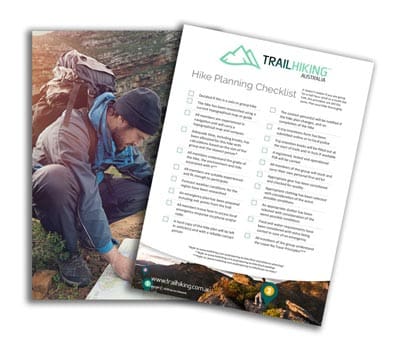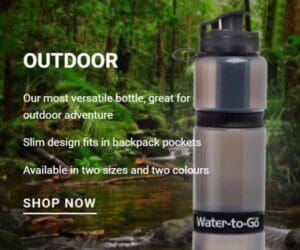Liffey Falls is a 2.1km, grade 2 hike located in Liffey Falls Reserve, Tasmania. The hike should take around 1 hour to complete.
Hike overview
This hike summary has been provided by Waterfalls of Tasmania and as such, not all information has been provided on this site. For more information on this waterfall hike, please visit Waterfalls of Tasmania.
There are many waterfalls throughout Tasmania that are worth exploring! One of the best ways to discover some of the best scenery in Tasmania is simply hiking to a waterfall. Waterfalls of Tasmania has the most informative and thorough documentation about Tasmania's most popular waterfalls.
There are many scientific reasons why visiting a waterfall is good for our mental and physical health. I won't go into them here but I will say that exploring waterfalls on your hikes is a great way to break up the journey as their beauty alone is good for the soul. Search for more hikes with waterfalls here.
Photography by Craig Doumouras
Route and GPX file
Help fellow hikers navigate with confidence. Share your GPX or KML file for this trail and help build a more comprehensive resource with precise waypoints and elevation profiles. Your contribution will empower adventurers with details they need for a safer and more enjoyable experience. I meticulously verify every file using official maps and surveys, ensuring the highest level of accuracy and reliability. Submit your file now and become a trailblazer for your fellow outdoor enthusiasts.
Trail location
Sorry, no records were found. Please adjust your search criteria and try again.
Sorry, unable to load the Maps API.
Gallery
If you have any photos from this hike and are happy to share them, please upload your .jpg files here.
Please note: Uploading photos does not transfer ownership of copyright away from you. If requested, you will be credited for any photos you provide and can ask they be deleted at any time.
About the region
Nestled in an area of cool, temperate rainforest, the Liffey Falls State Reserve is an easy one-hour drive from Launceston. The main attraction of the Reserve is Liffey Falls themselves, nevertheless you can also find spectacular tall trees, plentiful wildlife and numerous small walks within this scenic corner of the Tasmanian Wilderness World Heritage Area.
Similar trails nearby
Explore Safe
While planning your hike, it’s important to check official government sources for updated information, temporary closures and trail access requirements. Before hitting the trail, check local weather and bushfire advice for planned burns and bushfire warnings and let someone know before you go. Plan ahead and hike safely.
Let someone know
Adventure with peace of mind: Fill out your trip intentions form. Before you hit the trail, fill out an online form to privately send important details about your hike to your family or friends. If you don’t return on time, they can easily alert emergency services, preventing worry and ensuring a swift response. Hike with peace of mind and enjoy your outdoor adventure to the fullest. Be smart, be safe: Register your plans here.
Gear to consider

My free planning, food and packing checklists provide an introduction to things your could consider (as well as the Ten Essentials) on your day, overnight and multi-day adventures. Customise your kit according to your personal needs, always considering safety first.
Suggest an edit
Does this hikes information need updating? Sometimes the route, trail features or access conditions change.
Acknowledgement of Country
Trail Hiking Australia acknowledges the Traditional Owners of the lands on which we hike and pay respects to their Elders, past and present, and we acknowledge the First Nations people of other communities who may be here today.
















